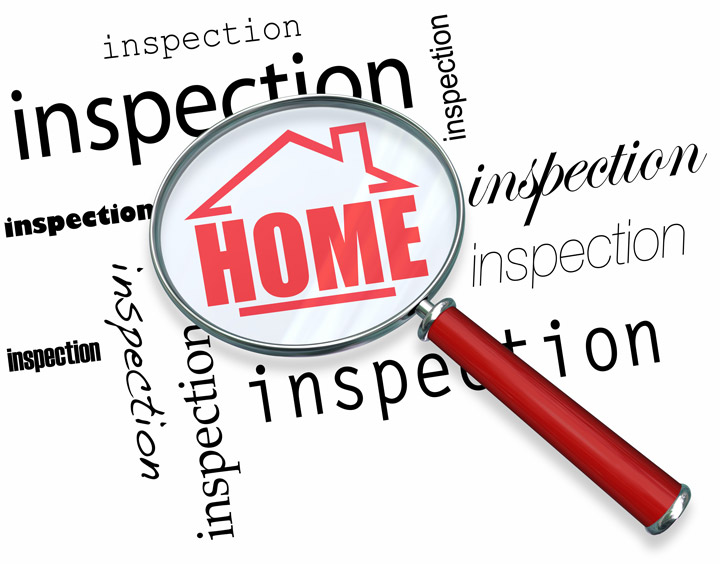
Home Appraisals: A PrimerBuying real estate can be the most important investment many may ever consider. It doesn't matter if a primary residence, a seasonal vacation home or a rental fixer upper, purchasing real property is an involved transaction that requires multiple parties to make it all happen. Practically all the parties participating are very familiar. The most known person in the transaction is the real estate agent. Then, the mortgage company provides the financial capital necessary to finance the exchange. And the title company ensures that all areas of the sale are completed and that a clear title transfers from the seller to the buyer. So, what party makes sure the value of the real estate is consistent with the purchase price? This is where the appraiser comes in. We provide an unbiased opinion of what a buyer might expect to pay — or a seller receive — for a parcel of real estate, where both buyer and seller are informed parties. A licensed, certified, professional appraiser from Eileen Partridge will ensure, you as an interested party, are informed. The inspection is where an appraisal startsTo determine the true status of the property, it's our duty to first perform a thorough inspection. We must actually view aspects of the property, such as the number of bedrooms and bathrooms, the location, living areas, etc, to ensure they indeed exist and are in the condition a typical buyer would expect them to be. To ensure the stated square footage is accurate and convey the layout of the home, the inspection often entails creating a sketch of the floorplan. Most importantly, we identify any obvious amenities - or defects - that would affect the value of the property. Following the inspection, an appraiser uses two or three approaches to determining the value of the property: sales comparison and, in the case of a rental property, an income approach. 
Cost ApproachThis is where the appraiser uses information on local building costs, labor rates and other factors to determine how much it would cost to build a property comparable to the one being appraised. This value usually sets the upper limit on what a property would sell for. The cost approach is also the least used predictor of value. 
Sales ComparisonAppraisers are intimately familiar with the communities in which they work. They thoroughly understand the value of specific features to the homeowners of that area. Then, the appraiser looks up recent sales in the vicinity and finds properties which are 'comparable' to the subject in question. Using knowledge of the value of certain items such as upgraded appliances, additional bathrooms, additional living area, quality of construction, lot size, we add or subtract from each comparable's sales price so that they more accurately portray the features of subject property.
After all differences have been accounted for, the appraiser reconciles the adjusted sales prices of all the comps and then derives an opinion of what the subject could sell for. At Eileen Partridge, we are experts in knowing the value of particular items in Wilson and Wilson County neighborhoods. This approach to value is commonly given the most importance when an appraisal is for a home exchange. Valuation Using the Income ApproachA third way of valuing approach to value is sometimes used when a neighborhood has a reasonable number of rental properties. In this situation, the amount of income the real estate produces is taken into consideration along with other rents in the area for comparable properties to give an indicator of the current value. Putting It All TogetherAnalyzing the data from all applicable approaches, the appraiser is then ready to put down an estimated market value for the property in question. The estimate of value at the bottom of the appraisal report is not always the final sales price even though it is likely the best indication of what a property is worth. Depending on the individual situations of the buyer or seller, their level of urgency or a buyer's desire for that exact property, the closing price of a home can always be driven up or down.But the appraised value is often employed as a guideline for lenders who don't want to loan a buyer more money than the property is actually worth. It all comes down to this, an appraiser from Eileen Partridge will help you attain the most fair and balanced property value, so you can make the most informed real estate decisions. |